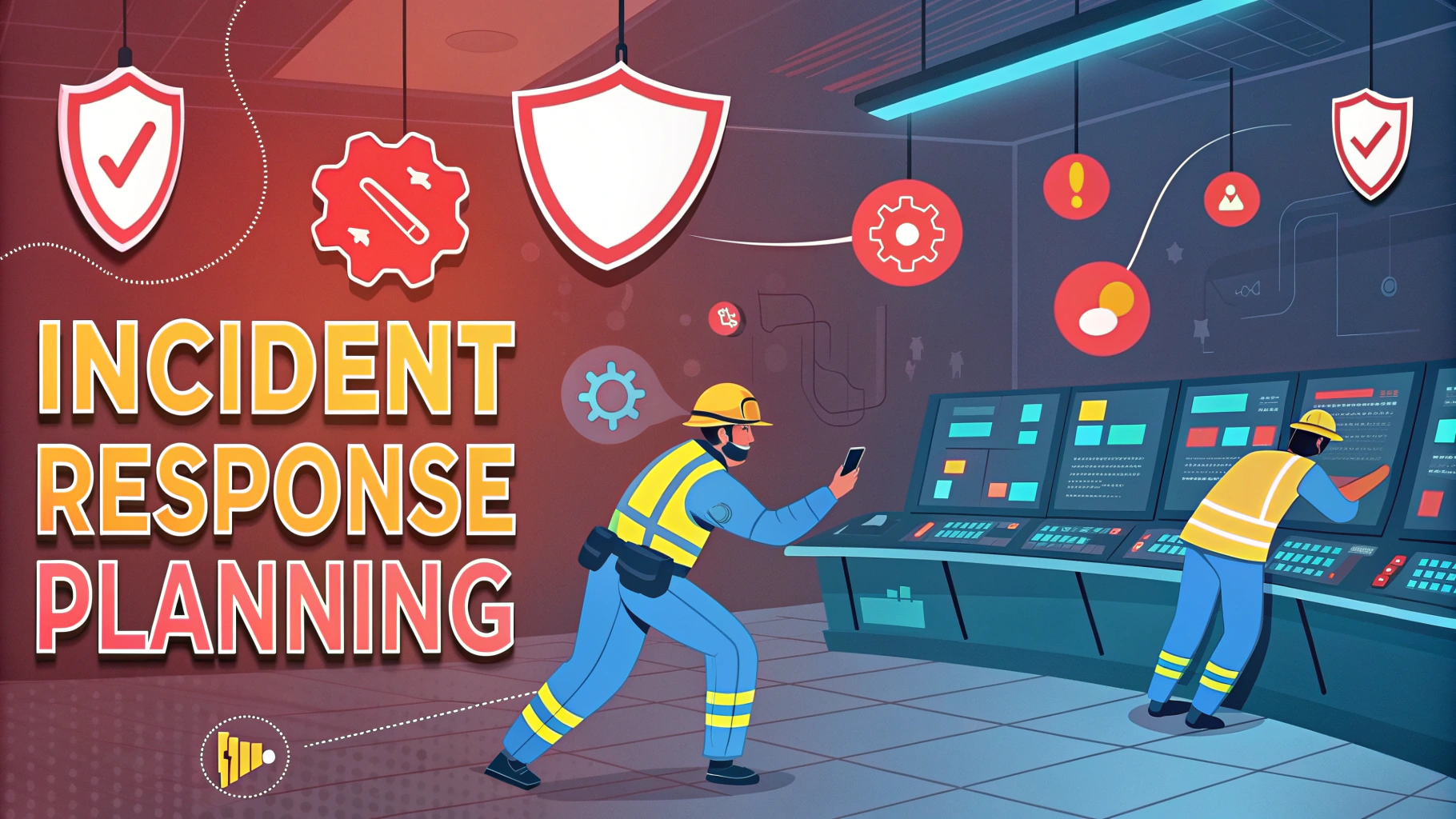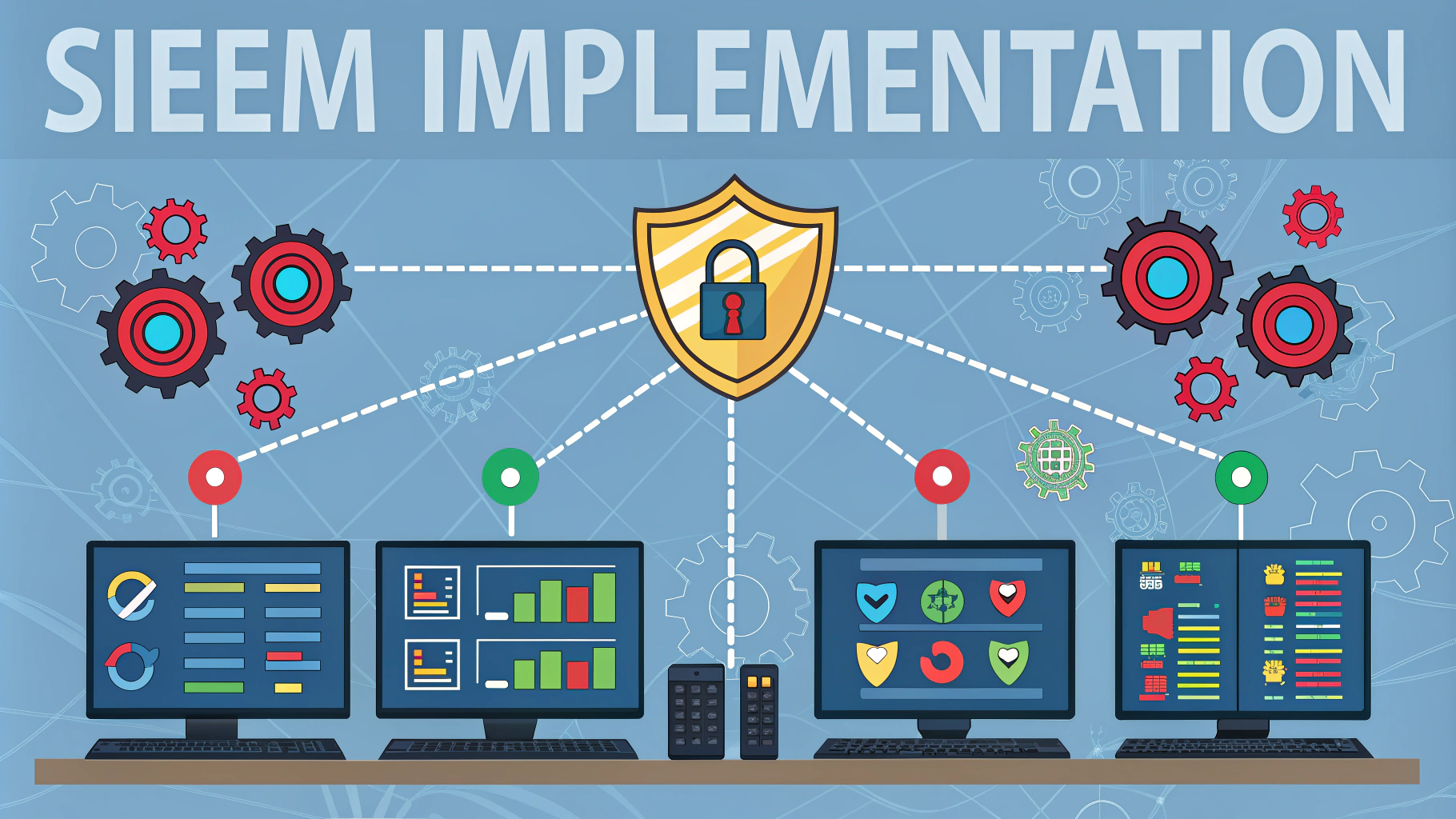Port scanning is a technical process used to examine network ports on devices to determine which ones are open, closed, or filtered – making it an essential skill for network security professionals and ethical hackers.
Security teams use port scanning during penetration testing to identify potential vulnerabilities and entry points that malicious actors could exploit to gain unauthorized access.
This guide covers the fundamentals of port scanning, including common techniques, tools, and best practices for both offensive security testing and defensive network hardening.
Common Port Scanning Types
- TCP Connect Scan: Completes the full TCP three-way handshake
- SYN Scan: Sends SYN packets but doesn’t complete the connection
- UDP Scan: Tests UDP ports for services like DNS and DHCP
- FIN Scan: Sends FIN packets to bypass basic firewalls
- XMAS Scan: Sets FIN, PSH, and URG flags simultaneously
Popular Port Scanning Tools
| Tool | Best For | Download Link |
|---|---|---|
| Nmap | Comprehensive scanning | nmap.org |
| Masscan | High-speed scanning | Github |
| Unicornscan | Asynchronous scanning | Sourceforge |
Basic Nmap Commands
nmap -sS target.com # SYN scan nmap -sT target.com # TCP connect scan nmap -sU target.com # UDP scan nmap -p 1-1000 target.com # Scan specific port range nmap -A target.com # Aggressive scan with OS detection
Port Scanning Best Practices
- Obtain proper authorization before scanning any networks
- Use appropriate scanning speeds to avoid detection or disruption
- Document all findings and maintain detailed logs
- Verify results with multiple tools to reduce false positives
- Follow local laws and regulations regarding network scanning
Common Port Numbers to Check
- Port 21: FTP
- Port 22: SSH
- Port 23: Telnet
- Port 80: HTTP
- Port 443: HTTPS
- Port 3389: RDP
Legal and Ethical Considerations
Port scanning without permission can result in legal consequences and potential criminal charges.
Always obtain written permission before conducting port scans on any network you don’t own.
Many organizations have bug bounty programs that provide safe, legal environments for security testing – platforms like HackerOne (hackerone.com) and Bugcrowd (bugcrowd.com) are good starting points.
Taking Your Skills Further
Join security communities like OWASP (owasp.org) to learn from experienced professionals and stay updated on the latest scanning techniques.
Practice in controlled environments using platforms like VulnHub (vulnhub.com) or HackTheBox (hackthebox.eu).
Consider obtaining certifications like CompTIA Security+ or CEH to validate your port scanning and penetration testing skills.
Defending Against Port Scans
- Implement robust firewall rules and IDS/IPS systems
- Monitor network traffic for suspicious scanning patterns
- Use port knocking for sensitive services
- Regularly audit open ports and close unnecessary ones
- Deploy honeypots to detect and track scanning attempts
Advanced Scanning Techniques
Timing Options
nmap -T0 target.com # Paranoid timing nmap -T4 target.com # Aggressive timing
Evasion Methods
- Fragmentation scanning (-f)
- Decoy scanning (-D)
- Idle scanning (-sI)
- Source port manipulation (–source-port)
Response Analysis
| Response | Meaning | Action Required |
|---|---|---|
| Open | Service is listening | Verify if service is necessary |
| Closed | No service listening | Monitor for changes |
| Filtered | Firewall blocking | Confirm security policy |
Strengthening Network Security
Transform port scanning insights into actionable security measures. Regular scanning combined with proper analysis helps maintain robust network defenses against evolving threats.
- Establish baseline port configurations
- Implement regular scanning schedules
- Maintain updated security policies
- Train staff on security awareness
- Keep scanning tools and signatures current
Remember that port scanning is just one component of a comprehensive security strategy – integrate findings with other security measures for maximum effectiveness.
FAQs
- What is port scanning and why is it important in penetration testing?
Port scanning is the process of examining network ports on a target system to determine which ports are open, closed, or filtered. It’s crucial in penetration testing as it helps identify potential entry points, services running, and vulnerabilities in a system’s network configuration. - What are the most common port scanning techniques?
The primary port scanning techniques include TCP Connect scan (full handshake), SYN scan (half-open scan), UDP scan, ACK scan, FIN scan, and XMAS scan. Each technique has specific use cases and can help bypass different types of security measures. - What tools are commonly used for port scanning?
Popular port scanning tools include Nmap (Network Mapper), Masscan, Angry IP Scanner, and Unicornscan. Nmap is considered the industry standard due to its versatility and extensive feature set. - How can port scanning be detected?
Port scanning can be detected through Intrusion Detection Systems (IDS), firewall logs, network monitoring tools, and system logs. Unusual patterns of connection attempts or multiple connection requests from a single IP address are common indicators. - What are the legal implications of port scanning?
Port scanning without explicit permission can be illegal in many jurisdictions. It’s essential to have written authorization before performing port scans and to ensure compliance with local laws and regulations. - What is the difference between TCP and UDP port scanning?
TCP scanning involves connection-oriented protocols and provides more reliable results through various handshake methods. UDP scanning is connectionless and less reliable but necessary for comprehensive testing as many services use UDP. - How can you minimize detection while port scanning?
Techniques include using slow scan rates, randomizing port order, distributing scans across multiple sources, timing delays between scans, and fragmenting packets. However, stealth should only be employed with proper authorization. - What are common ports that should always be checked during a penetration test?
Essential ports to check include 21 (FTP), 22 (SSH), 23 (Telnet), 25 (SMTP), 80 (HTTP), 443 (HTTPS), 3389 (RDP), and 1433/1434 (MSSQL). These ports often host critical services that could be vulnerable to exploitation. - How do you interpret port scanning results effectively?
Effective interpretation involves understanding port states (open, closed, filtered), identifying running services and versions, recognizing patterns, and correlating findings with known vulnerabilities and potential attack vectors. - What are port scanning firewall evasion techniques?
Evasion techniques include fragmentation scanning, using decoy IP addresses, source port manipulation, and utilizing different scan types that might bypass specific firewall rules.








